
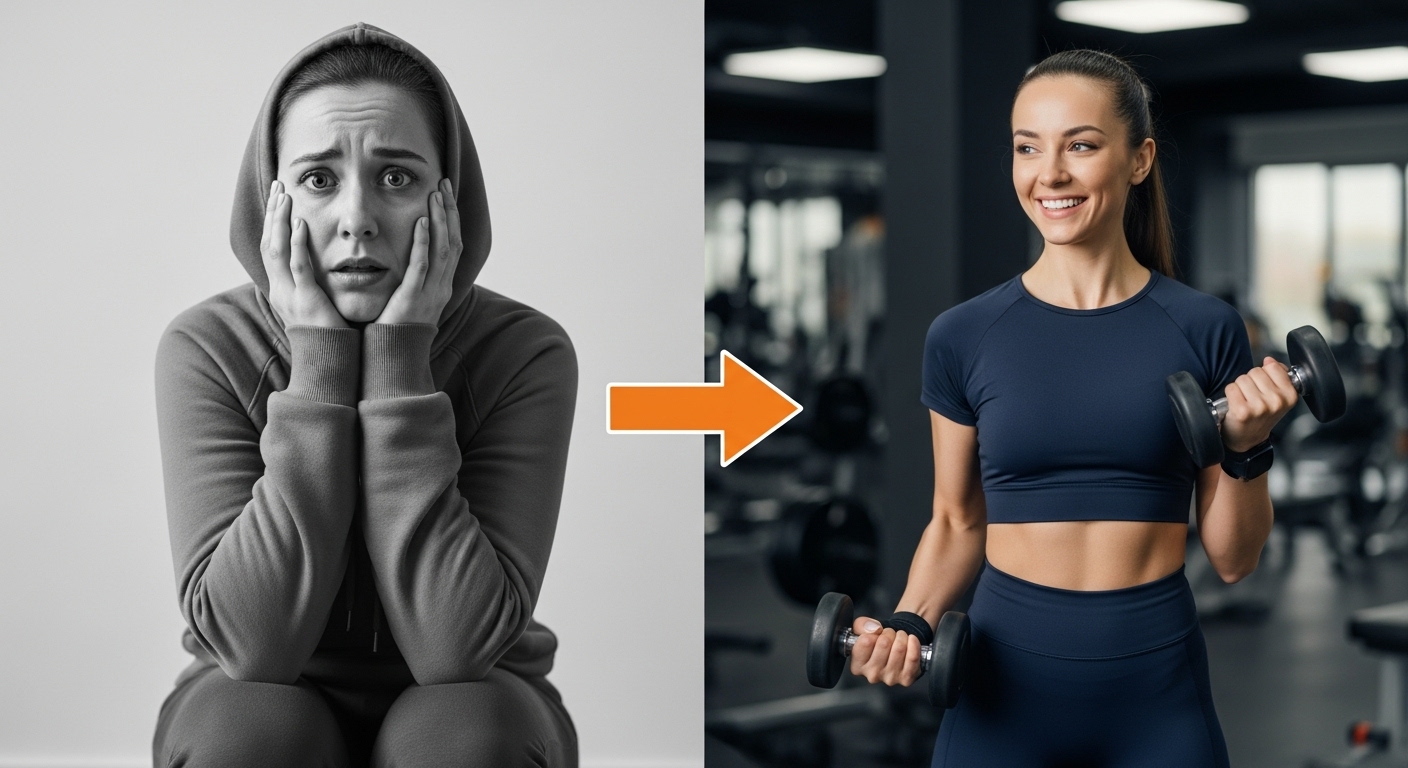
Finally—A Way To Actually STICK With The Gym Without The Sensory Overload, Confusion, or Meltdowns
How To Make The Gym Work For Your Autistic Brain And Build Real Strength In Just 8 Weeks
(even if you've cancelled your membership in the parking lot, have no idea what the "rules" are, or the wet clothes against your skin makes you want to crawl out of your body)

The System That's Transforming "I Literally Can't Do This" Into "I Actually Look Forward To Going" In Just 8 Weeks
"I got overwhelmed by the entire gym experience in general and also I'm a quitter so coughing to death in public was just the embarrassment I needed to justify never going back"
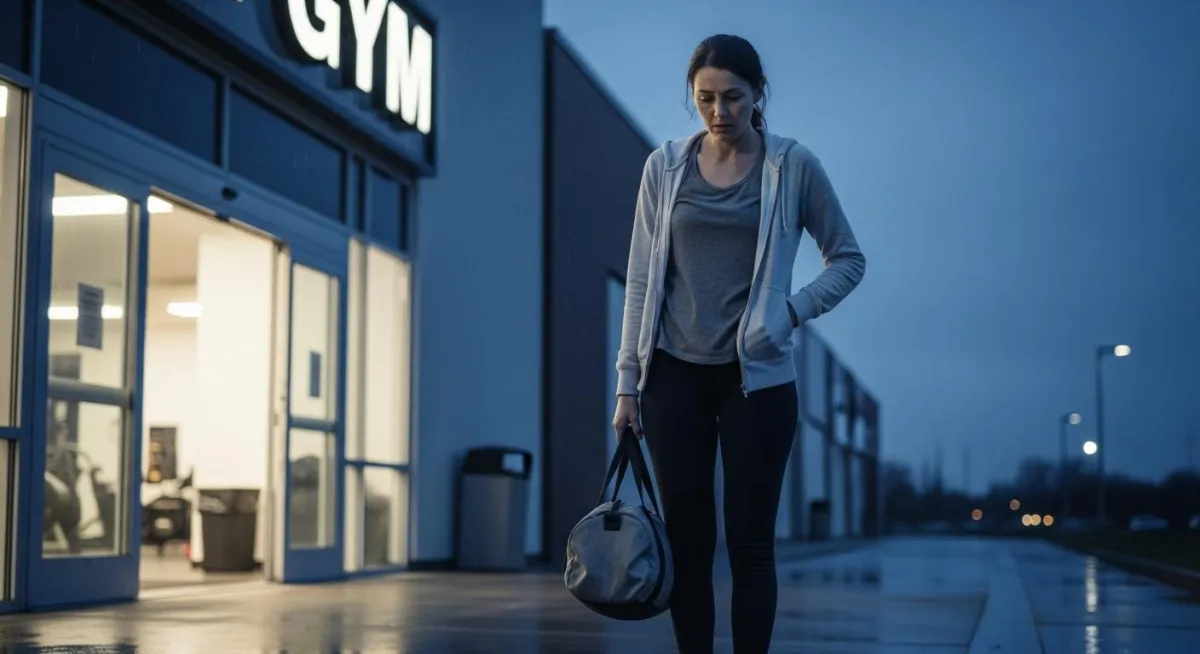
I know exactly what you mean.
You WANT to be healthy.
You NEED to build strength. Your doctor keeps bringing it up. You see other people thriving at the gym and wonder what's wrong with you that you just... can't.
But here's the thing nobody talks about:
The gym wasn't designed for autistic brains. And that's not your fault.
Now my daily struggle with even THINKING about the gym includes:
The sensory nightmare of thick air from everyone's sweat, rubber smells, loud music, and that horrible feeling of damp clothes clinging to my skin
The complete confusion about what the "rules" are; do I ask to share equipment? How long can I use a machine? What if someone's staring at me?
The fear of being perceived in that big exposed room where everyone can see me struggling with equipment I don't know how to use
The executive function overwhelm of figuring out WHAT to do once I'm there, making me stand there awkwardly before giving up
I Tried Everything "Experts" Suggested
And every single attempt felt like proof that I was broken:
The inconsistency spiral where I go once or twice, hate it, avoid it for weeks, feel guilty, try again, and repeat the cycle until I just... stop
"Just put on headphones and zone out" (But then my headphones keep slipping off during exercises, I can't hear if someone needs to ask me something, and I'm hypervigilant about them falling)
"Go during off-peak hours" (I tried 5am. And 10pm. But my schedule doesn't work that way, and even when I went, I still had no idea what to DO)
"Everyone's too focused on themselves to notice you" (Cool, but that doesn't help with the sensory overload, the confusion about gym etiquette, or figuring out proper form)
"Just start with the treadmill" (Walking in place while bright screens flash at me and my heart rate climbs until I feel like I might have a meltdown? Hard pass.)
"Build a home gym" (Great in theory, but I don't have space, money, or the executive function to choose equipment and create my own routine without guidance)
Then I Had My Second-Ever Panic Attack... In A Planet Fitness Parking Lot
Then I Discovered Something That Changed Everything...
And I realised something had to change.
I was sitting in my car, membership card in hand, trying to force myself to go inside. The cramped space. The low ceilings. The rowdy gym bros. The fact that I had NO CLUE what I was supposed to do once I got in there.
I drove home and cancelled my membership that night.
But that's when I started asking a different question:
What if the problem isn't ME; what if it's that nobody's ever created a gym system that actually works for autistic brains?
I spent the next year obsessively researching and testing.
What I learned shocked me:
According to research from occupational therapists specialising in autism, the barriers autistic people face at gyms aren't about motivation or discipline:
Sensory processing differences mean that normal gym environments can trigger fight-or-flight responses that neurotypical people don't experience
Executive function challenges make it exponentially harder to plan workouts, sequence exercises, and maintain routines without external structure
Social anxiety around unwritten rules creates a constant cognitive load that exhausts us before we even start exercising
Interoception difficulties make it hard to know when we're pushing too hard, not hard enough, or need to stop
But most alarming of all:
Most autistic women are unknowingly approaching the gym in ways that SET THEM UP TO FAIL from day one.
I know because I was making all these same mistakes...
Through extensive research, testing on myself, and consultation with:
Occupational therapists who specialise in autism and sensory processing
Autistic personal trainers who've cracked the code for themselves
Neurodivergent fitness coaches who work specifically with our community
I discovered WHY traditional gym programs fail autistic brains—and more importantly, what actually works.
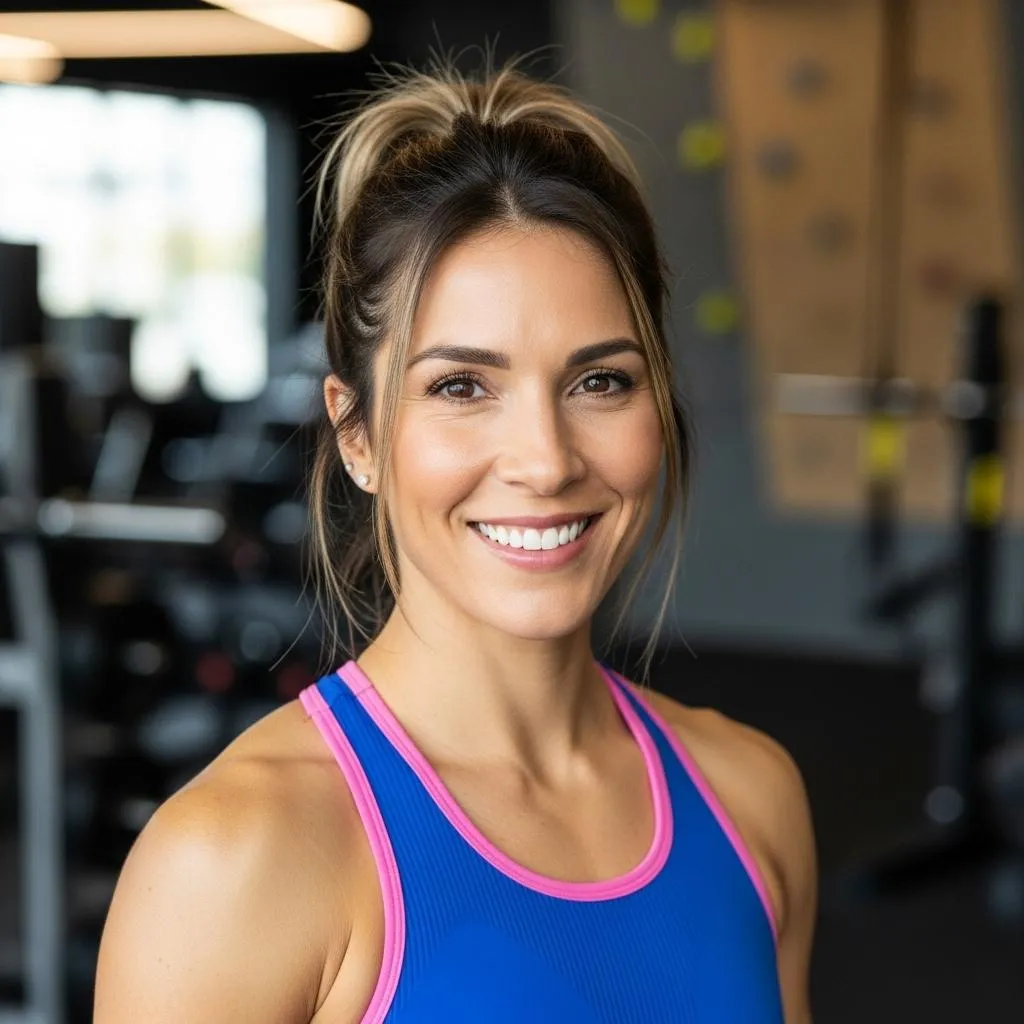
I Call It The "Sensory-Safe Strength System"
By removing decision fatigue, minimising sensory triggers, and providing crystal-clear structure, I was able to:
Actually show up consistently 3x per week without the dread and avoidance cycle
Know exactly what to do without standing around feeling lost or anxious
Handle the sensory aspects with specific strategies for sweat, sounds, and overstimulation
Navigate gym etiquette with a simple script-based guide that removes all the guesswork
Build real, visible strength that makes everyday tasks easier and boosts my confidence
After helping 200+ other autistic women replicate these results, I've refined this system into a step-by-step method that anyone can use…
...even if you've literally cancelled your gym membership in the parking lot before.
But Don't Take My Word For It. Here's What Actually Happened When Other Autistic Women Used This System:




THE 5 MISSING PIECES THAT SEPARATE "DREADING THE GYM" FROM "ACTUALLY GOING CONSISTENTLY"
The 5 Essential Elements Autistic Women Need (That Generic Gym Programs Don't Provide)
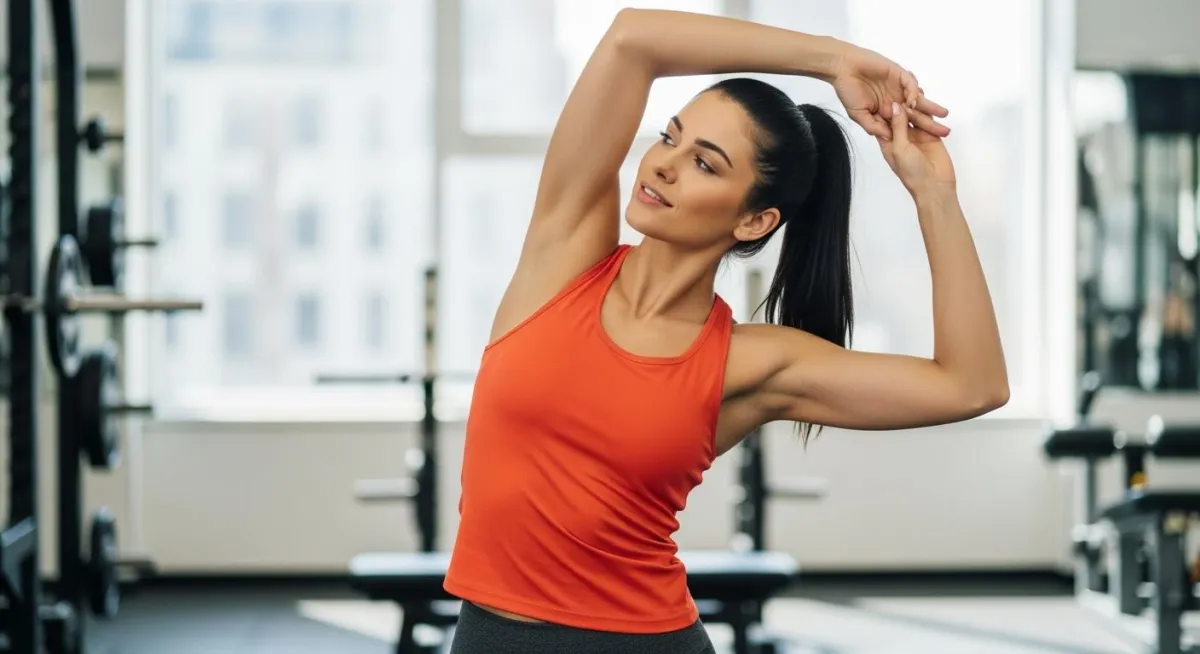
1. ABSOLUTE CLARITY - Zero-Decision Workout Plans
What It Is:
Complete workout cards that tell you EXACTLY what to do, in what order, with what weight, for how many reps, eliminating all executive function drain
Why It Matters: When you're already using massive cognitive resources to manage sensory input and social navigation, having to ALSO figure out your workout plan leads to burnout and avoidance
Without It: You stand there overwhelmed, do random exercises with no plan, leave feeling like you accomplished nothing, and convince yourself the gym "just isn't for you"
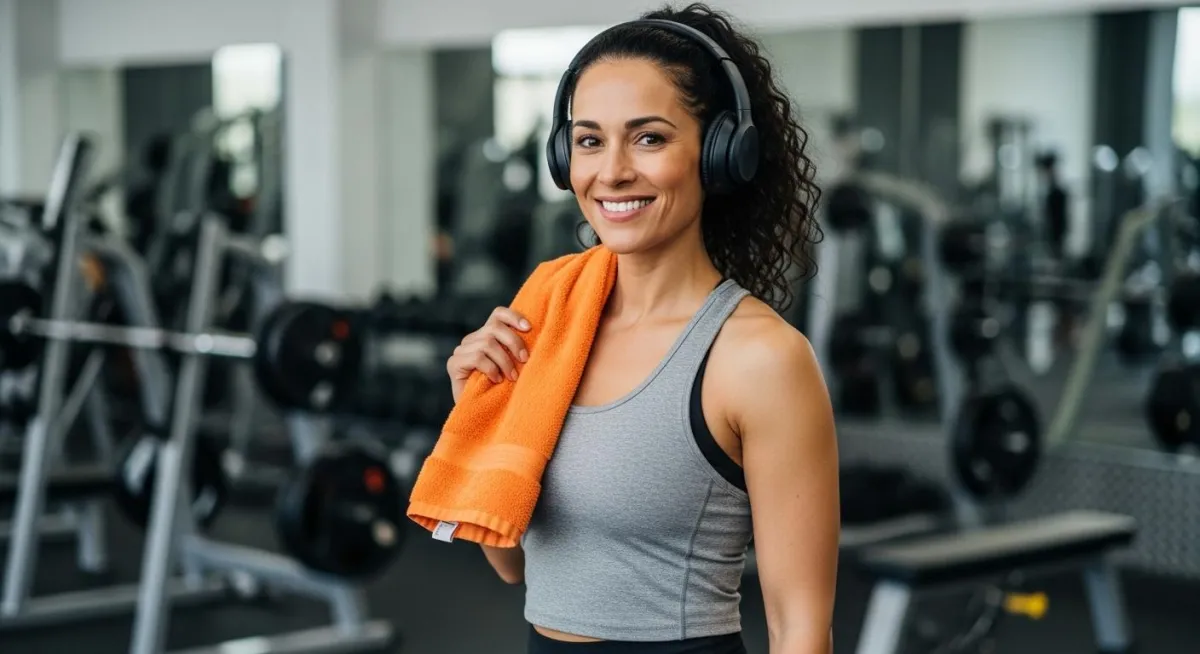
2. SENSORY SURVIVAL - Practical Overstimulation Management
What It Is: Specific, tested strategies for managing sweat, sound, smell, textures, and visual overwhelm that actually work (not just "try headphones")
Why It Matters: Sensory overload isn't weakness or pickiness; it's a neurological difference that makes gym environments genuinely overwhelming
Without It: Every gym session feels like survival mode, your nervous system stays dysregulated, and you associate exercise with suffering instead of strength
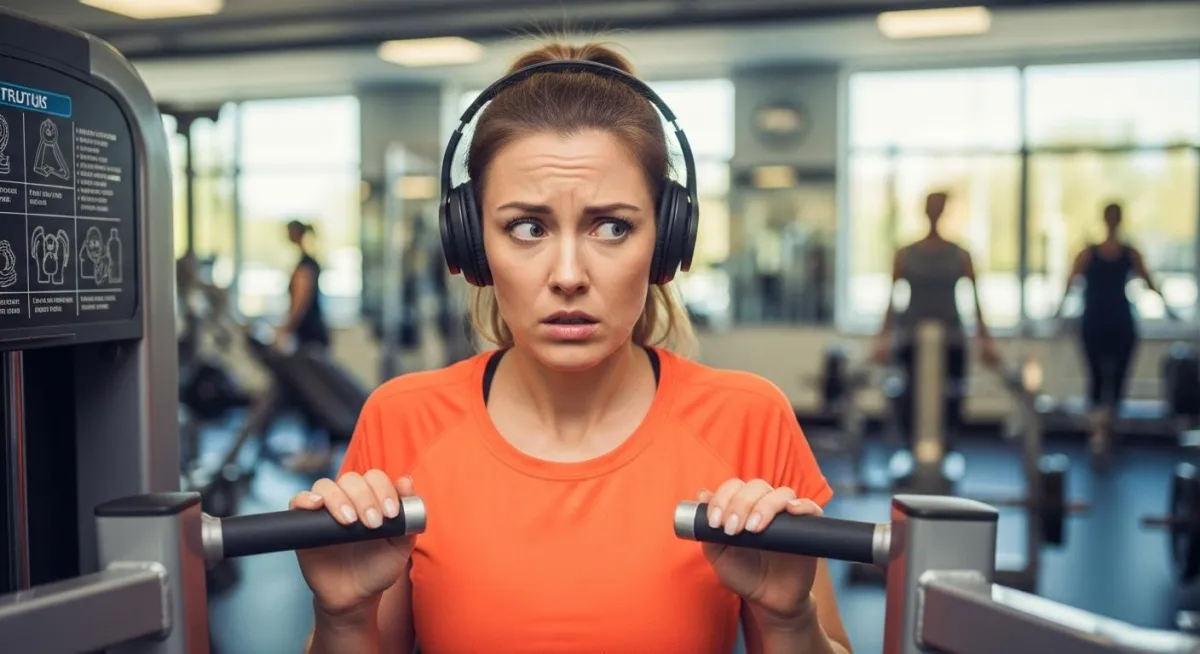
3. SOCIAL SCRIPTS - Gym Etiquette Decoded
What It Is: Word-for-word scripts for every gym interaction (asking to work in, declining help, responding to small talk, what to do if you mess up)
Why It Matters: Not knowing the "unwritten rules" creates constant anxiety that prevents you from focusing on your actual workout
Without It: You avoid equipment others are using even when you need it, miss workouts because the gym is "too crowded," and the social anxiety becomes more exhausting than the exercise
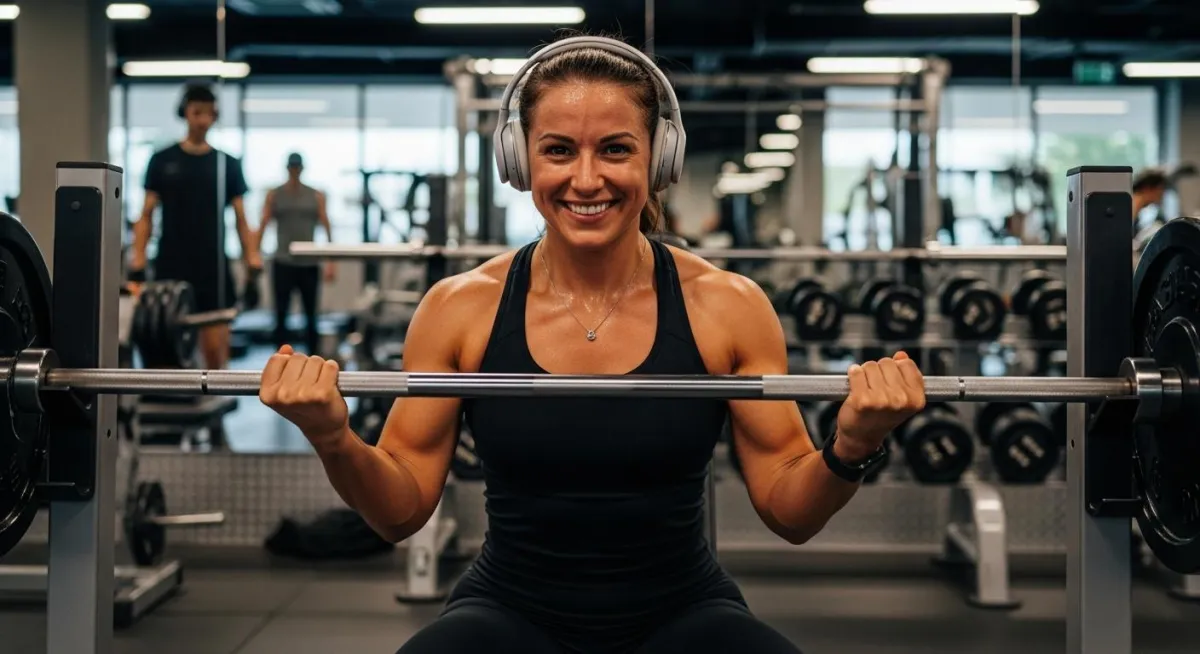
4. ROUTINE ARCHITECTURE - Making Consistency Automatic
What It Is: Implementation strategies specifically designed for autistic brains, including visual schedules, reminder systems, and accommodation planning
Why It Matters: Motivation is unreliable for everyone, but it's especially unreliable for autistic brains; you need systems that work WITH your neurology, not against it
Without It: You rely on willpower and motivation, which inevitably fail, then you shame yourself for "not sticking with it," reinforcing the belief that you "just can't do this"
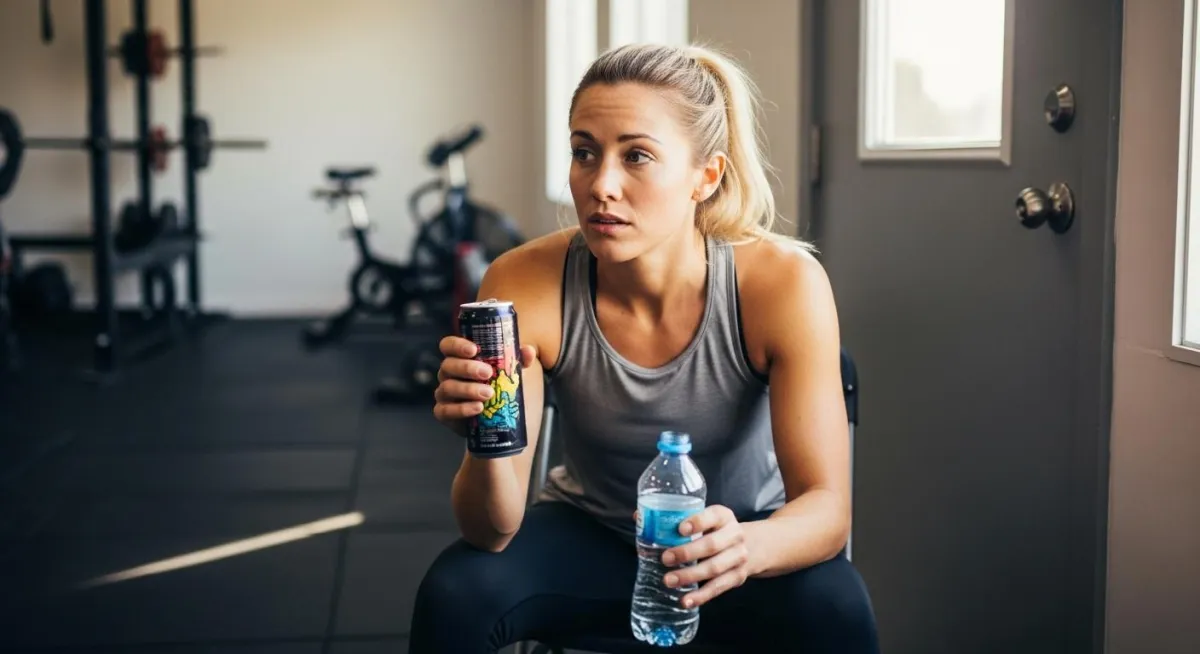
5. BODY AWARENESS - Interoception Training
What It Is: Guided practice for recognising your body's signals (fatigue vs. discomfort vs. pain, hunger vs. nausea, energy levels vs. sensory overload)
Why It Matters: Many autistic people struggle with interoception, making it hard to know when to push, when to rest, and when something's actually wrong
Without It: You either push way too hard and burn out / get injured, or you never push hard enough to see results, never understanding what "the right amount" feels like
INSTANT ACCESS - START BUILDING CONFIDENCE TODAY
Here's Everything You Get With The Sensory-Safe Strength System Today!

What's included:
The Complete Sensory-Safe Strength System: 8 progressive weeks that eliminate decision fatigue and build real functional strength
🎁 Plus These 5 Game-Changing Bonuses 🎁
BONUS #1: "The Sweat Solutions Handbook" - 12 specific strategies for managing the sensory nightmare of perspiration, damp clothes, and that gross sticky feeling (including fabric recommendations, timing hacks, and emergency protocols)
BONUS #2: "Gym Etiquette Scripts & Social Survival Guide" - Word-for-word scripts for every awkward gym interaction, plus a visual guide to "unwritten rules" so you never have to guess what you're supposed to do
BONUS #3: "The Sensory Toolkit" - Equipment recommendations, clothing guides, timing strategies, and environmental modifications that make the gym actually tolerable for autistic sensory systems
BONUS #4: "Meltdown Prevention Protocol" - A step-by-step emergency plan for when you feel overwhelm building, including exit strategies, regulation techniques, and how to recover afterward
BONUS #5: "Home Workout Alternative Plans" - For days when the gym is absolutely not happening—complete bodyweight and minimal-equipment routines so you can keep building strength without the environment stress
Normally: £327
Today: £27
BEFORE AND AFTER
The Transformation You Can Expect
Don't let gym anxiety and sensory overload continue stealing your strength and confidence. Your fitness journey can be so much better than this; you just need the right system to make it happen.

Before The Sensory-Safe Strength System:
Feeling paralysed with anxiety before every gym session (or avoiding it entirely)
Standing around confused about what to do, which machines to use, or if you're doing it "right"
Sensory overload from sweat, sounds, smells, and crowds making every workout feel like torture
No idea if someone's about to yell at you for using equipment wrong or breaking some unwritten rule
Cancelling memberships, starting and stopping, never building any actual strength or consistency
Feeling like everyone else can just "figure it out" while you're fundamentally broken or lazy

After The Sensory-Safe Strength System:
Walking into the gym with your headphones on, workout card ready, knowing EXACTLY what you're doing today
Following a clear, structured plan that requires zero decisions or executive function
Managing sensory input with proven strategies that actually work for your nervous system
Having word-for-word scripts for any social situation that comes up (and feeling confident using them)
Going consistently 3x per week, seeing real strength gains, and actually enjoying the process
Understanding that your brain works differently; and having a system specifically designed for how YOU function
YOUR TRANSFORMATION PATH BEGINS HERE
The 8 Weeks That Transform Your Relationship With The Gym:
Each week precisely designed to build strength and confidence through structured, autism-friendly programming.
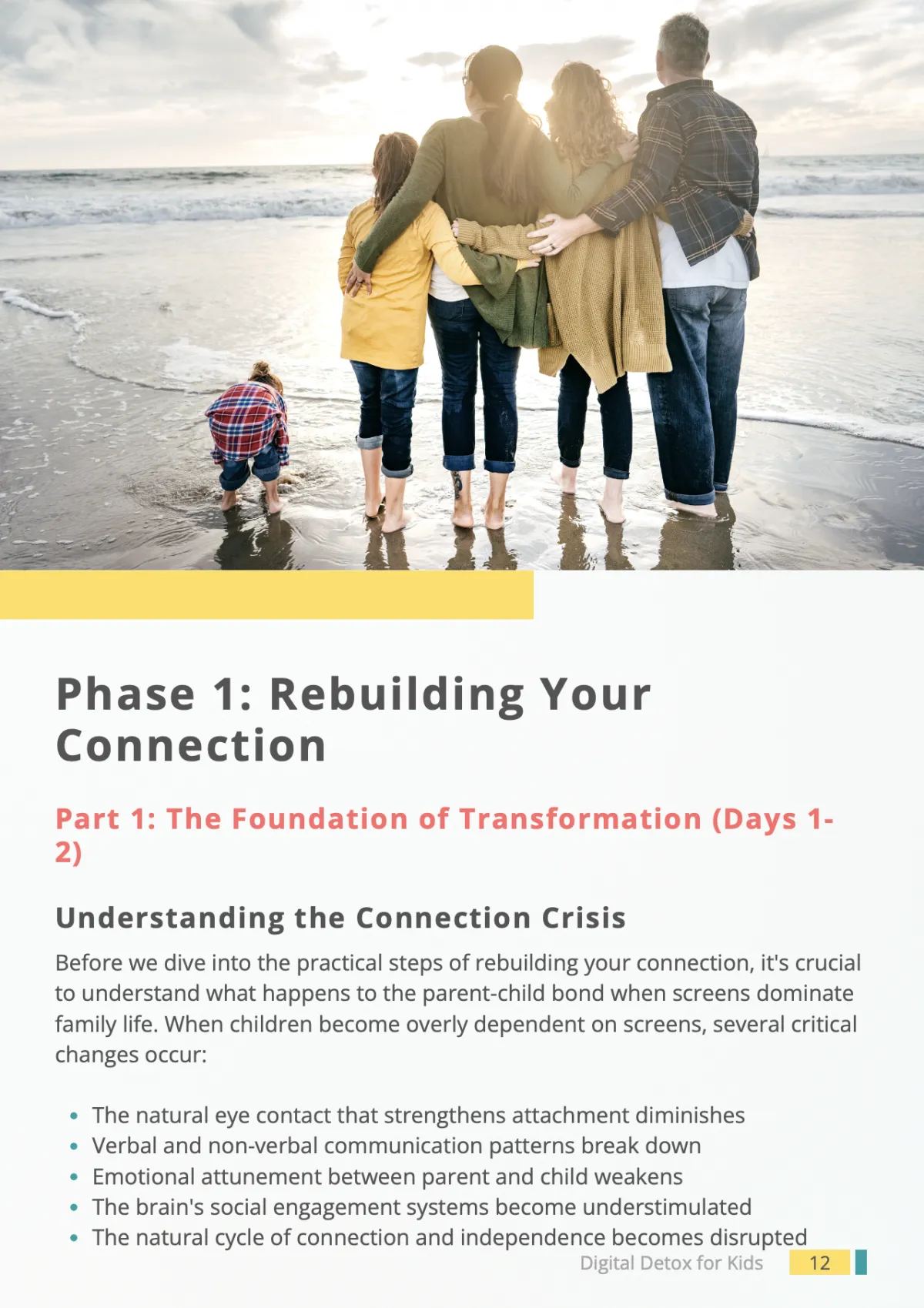
WEEK 1-2: Foundation & Familiarisation (Your Comfort Zone Expansion Phase)
Feel safe and confident in the gym environment—this orientation phase helps you learn the equipment, test sensory strategies, and establish your baseline routine.
Machine familiarisation guide that shows you exactly how each piece of equipment works (with visual guides and videos)
Sensory baseline assessment that helps you identify your specific triggers and plan accommodations
Your first structured workout routine that uses just 5 machines so you're not overwhelmed by options
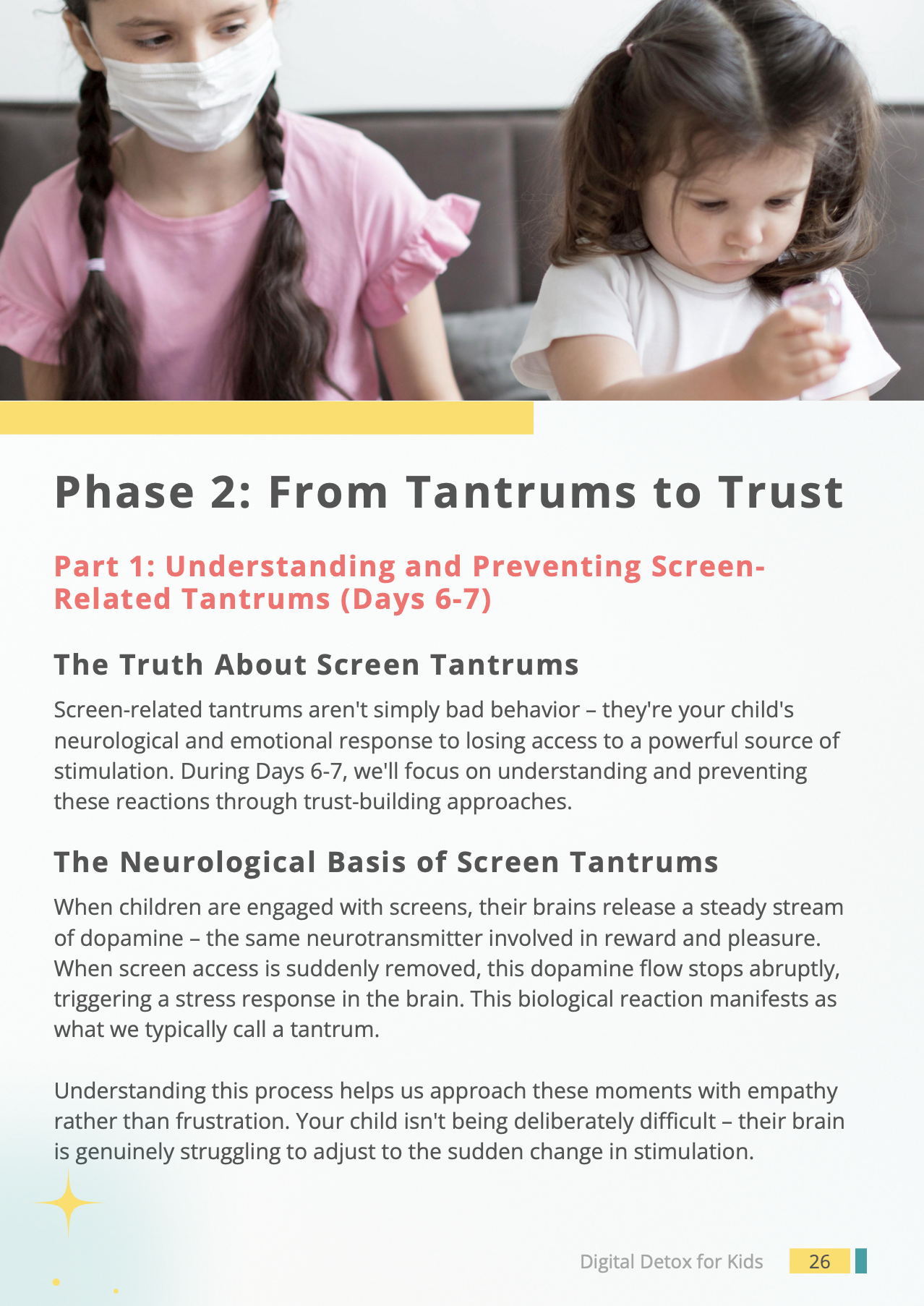
WEEK 3-4: Building Your Base (Pattern Recognition Phase)
Develop your movement patterns and build the habit; our progressive routine helps you establish consistency while building real strength.
Consistent schedule template that works with your energy patterns and executive function
Form-check guidance that helps you know if you're doing exercises correctly (without needing to ask for help)
Progress tracking system that shows you're getting stronger (even when it doesn't feel like it yet)
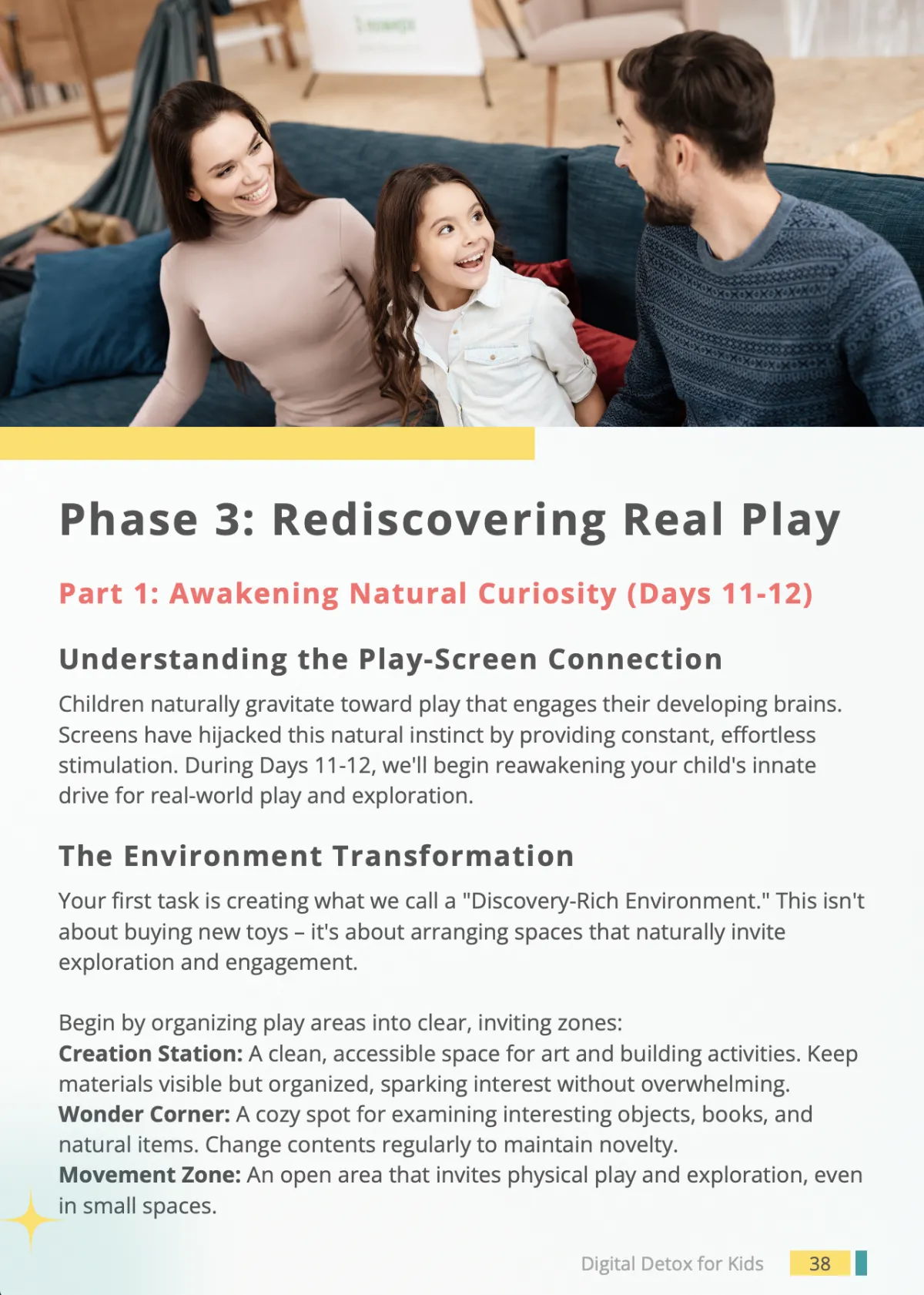
WEEK 5-6: Strength Development (Your Power-Building Phase)
See visible progress and feel genuinely stronger—our structured progression ensures you're building strength without burnout or injury.
Progressive overload protocols that tell you exactly when and how to increase weight
Recovery and rest guidance that helps you understand the difference between "good tired" and "need to stop"
Plateau-breaking strategies for when progress stalls (without having to figure it out yourself)
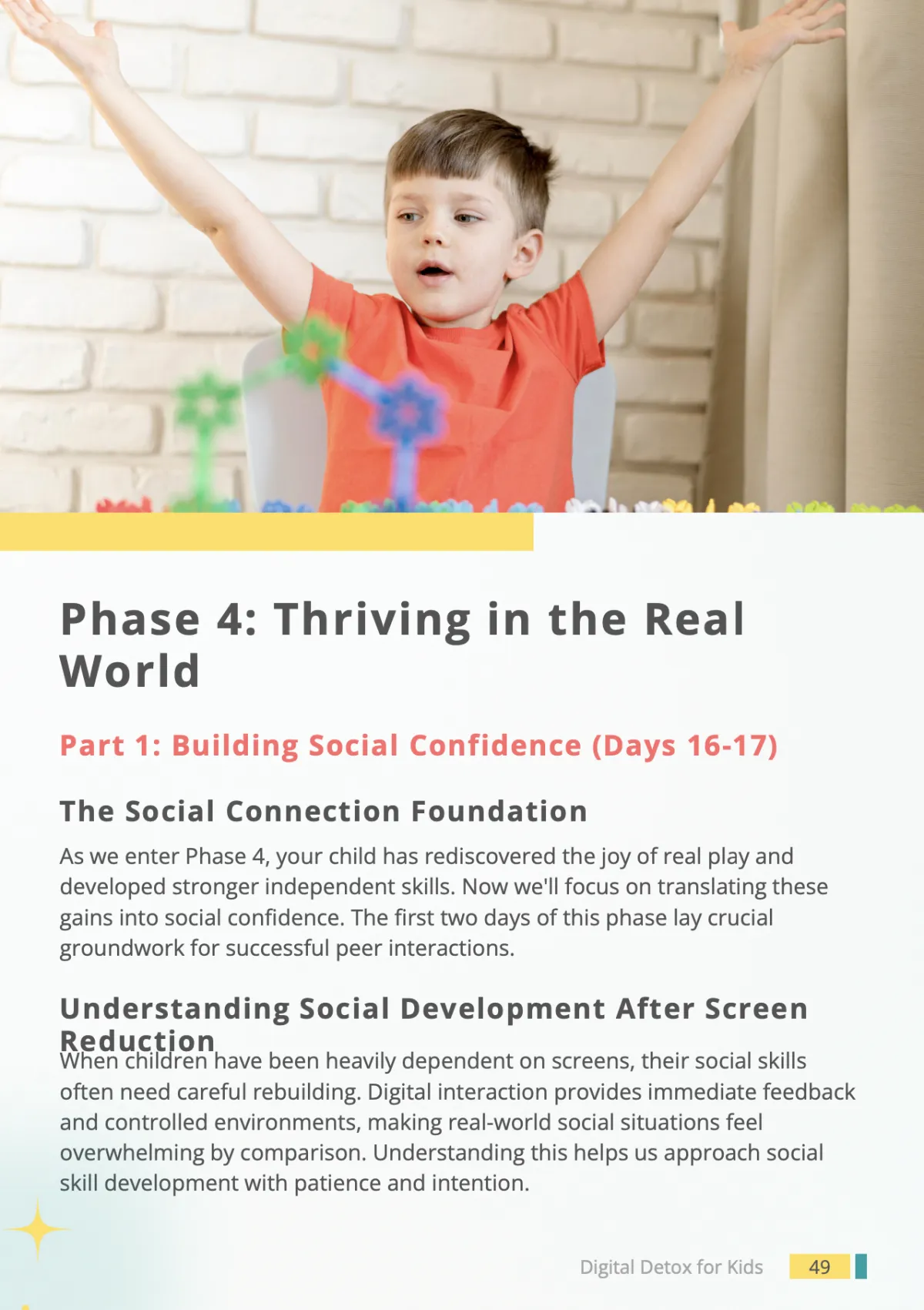
WEEK 7-8: Independence & Confidence (Your Autonomous Athlete Phase)
Feel confident navigating the gym solo—you'll have all the skills and knowledge to continue strength building on your own terms.
Routine customisation framework that helps you adapt workouts to your preferences and goals
Long-term planning strategies for maintaining consistency beyond the 8-week program
Troubleshooting guide for handling schedule changes, gym switches, or unexpected challenges
